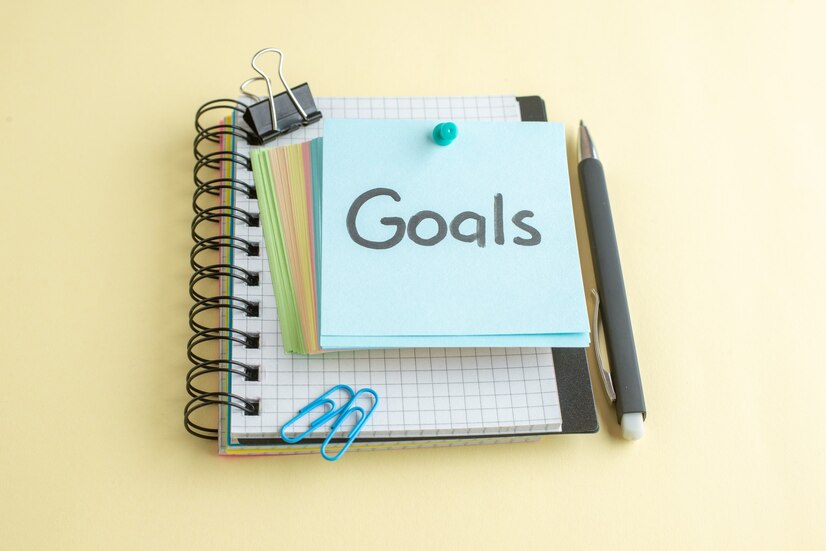I Lesa always joke that teachers are lucky to have at least two new year ‘celebrations’ in which they can make a fresh start – a regular new year for the change in calendar year and back to school! And to make a fresh start there is nothing better to me than making plans and establishing goals for the year to come!
Author Saeed Jones speaks about determinations rather than resolutions for the new calendar year and you can read more about this on this instagram post. I do determinations with my class in January but before then – at the start of a new school year or new course – I do goal setting using SMART goals! And I do this personally and professionally right alongside students.
What is a SMART goal?
If you’re not familiar, a SMART goal is a term coined in the 1980s by American consultant George T. Duran and revised by countless others since. The acronym stands for a goal that is specific, measurable, actionable or achievable, realistic, timely. Khan Academy provides a good overview and example that you can watch here.
Incorporating SMART goals into your classroom
I start the school year – usually in the first few days of class – by putting a quotation on the board: “A goal without a plan is just a wish”. – Antoine de Saint-Exupéry. Another you might like is “Failing to plan is planning to fail” from Benjamin Franklin.
From here discuss the quotation frame a discussion around goal setting. Some guiding questions could include:
- What does it mean to set a goal?
- Why do people set goals?
- What experiences do you have of goal setting?
- What does it mean to fail?
- How do you move forward and review?
And then introduce the SMART goal. Make sure to walk through each word and explain it. And then reinforce the concept by evaluating exemplars. The Khan Academy video includes a breakdown of a goal that is short and accessible for students.
After students are familiar with the concept, get them to draft a SMART goal for the course ahead. While students are writing their own, I also write mine and would encourage you to do the same! You can then share your goal with the class and analyze it. This gives students another opportunity to review theirs before they submit it.
NOTE: I collect the goals and I just review each one. The goals provide an indicator of how and where I can offer support to each student in the class. And this is key! While they have made the goal, my job is to be the cheerleader and supporter for that goal – how can I help them achieve this goal? What can I put in place in the course so that they can be successful? And for some that success won’t happen so how can I support and make clear the acceptability of failure, the need for review, and next steps in the process.
Next Steps – from SMART to SMARTER
At midterm, students should revisit the goal. Then you and they can move from a SMART goal to a SMARTER goal. Meaning Evaluate progress and Review next steps. If necessary, students can set a brand new goal for the second-half of the course.
Every year I find this lesson so helpful not just for student goal setting but for my own professional practice. I too set goals using this system so that I can be accountable and model the process and progress (or lack thereof) with students.

